BOM for Usb Gem Controller:
- 8x piezo drum triggers
- Freescale driven Teensy 3.1
- octows2811 adapter
- UV and Amber of leds and resistors (for status lights)
- cat 6 (25ft)
- barrel jack connectors male and female with 6ft of cable
- midi drum module
BOM for each Gem
- piezo drum triggers
- ~100 ws2811 leds 60/m
- polycarbonate tubes
- heatshrink
- hotglue
- ws2811 soldering board
- barrel jack connectors male and female with 6ft of cable
- 1/4" audio mono extension cable 6ft
- misc velcro
- 3/4 inch white acrylic
 mpinner
mpinner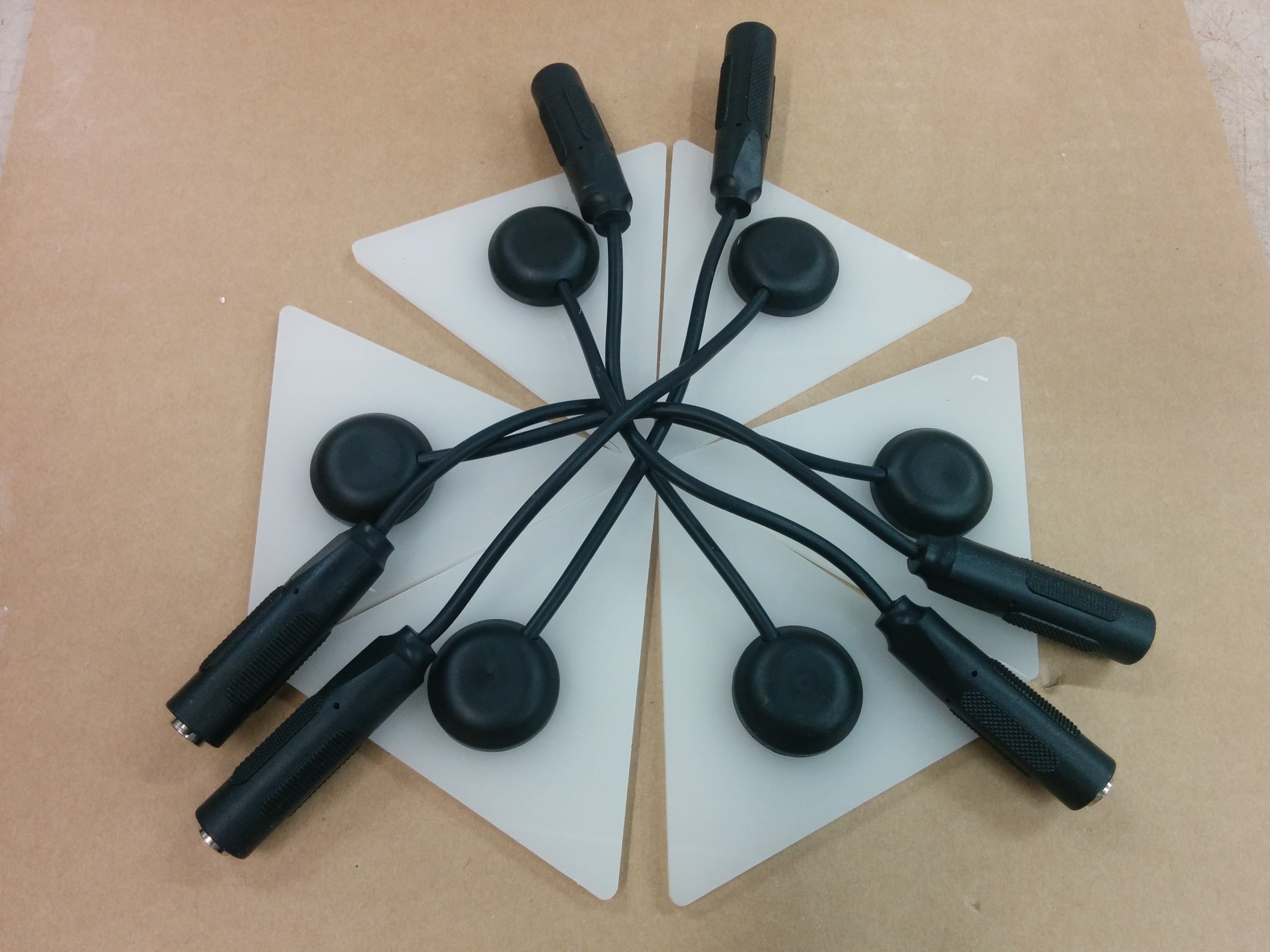
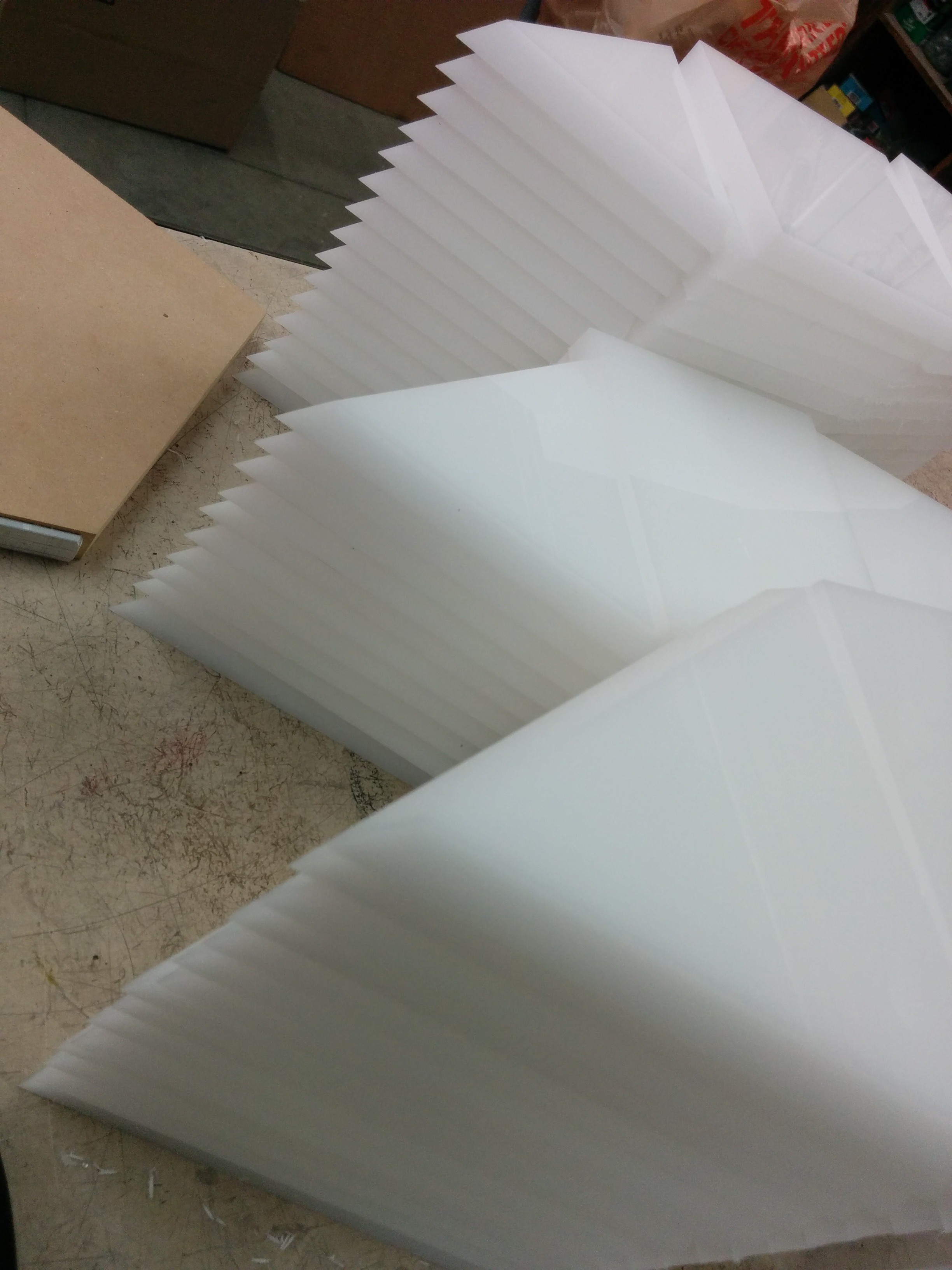
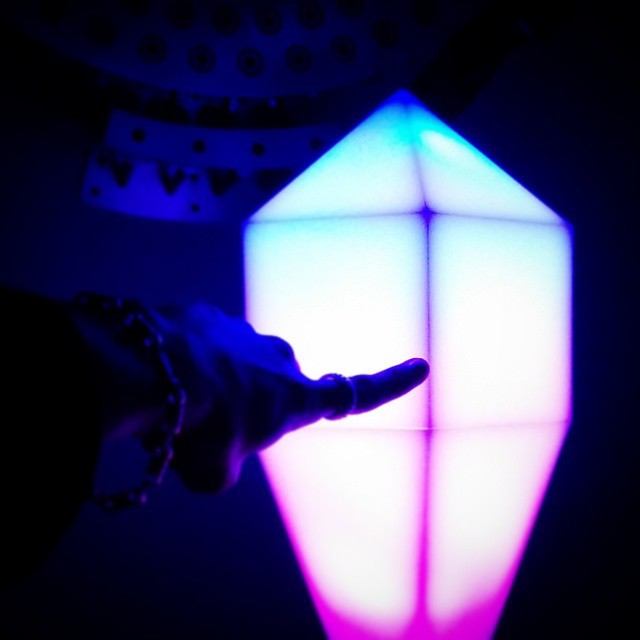
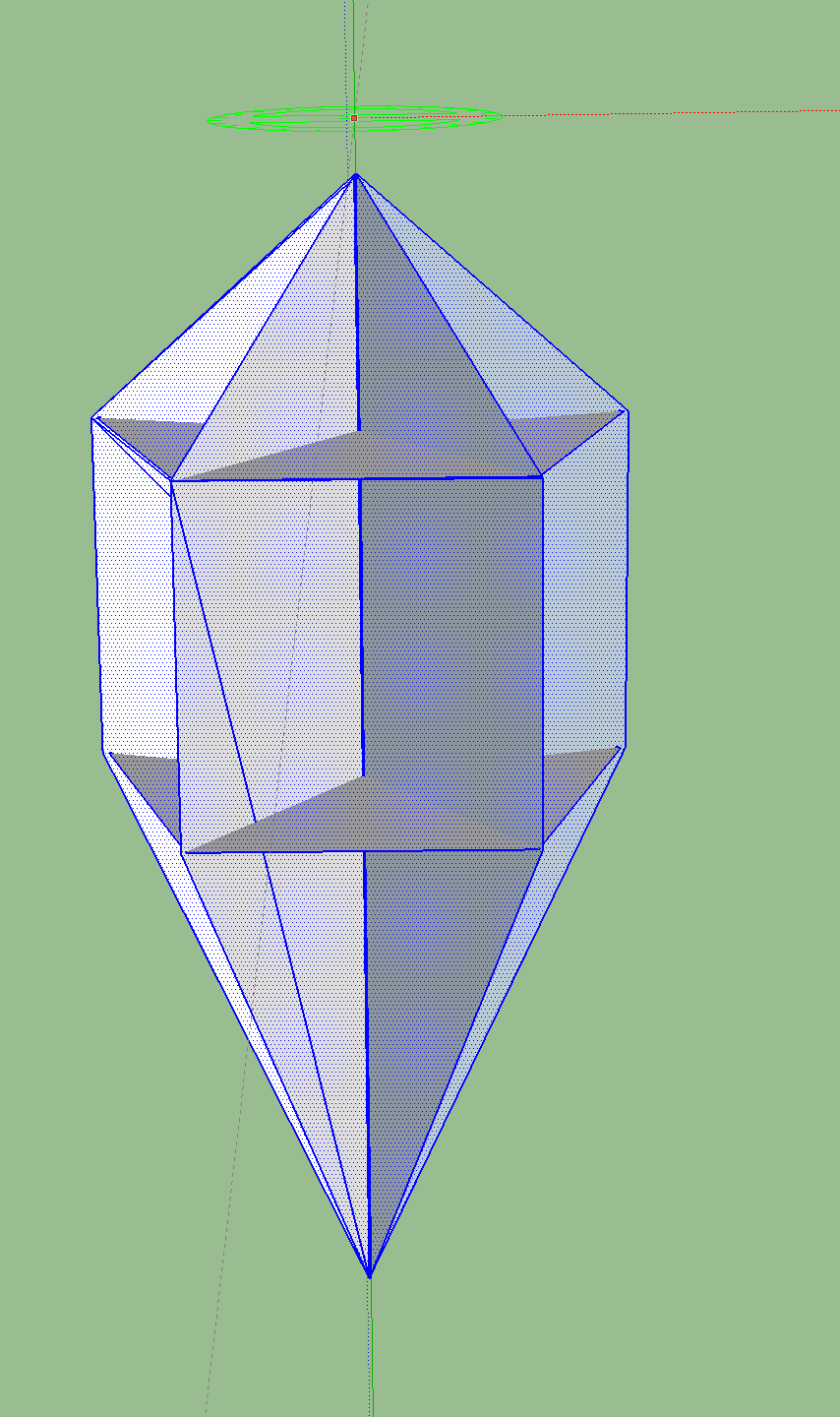
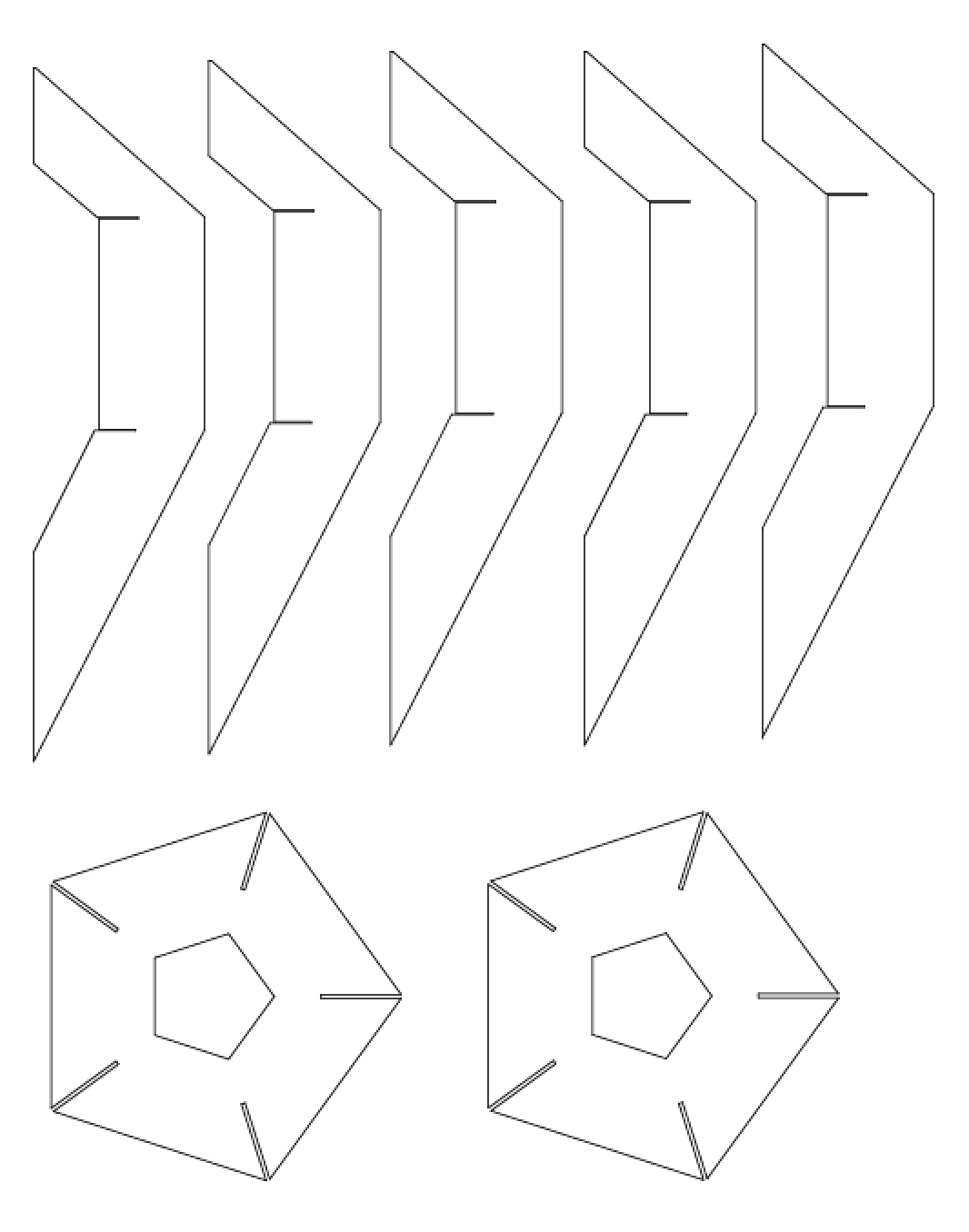


still going strong. wiring harness and connectors have been replaced with dmx from the rj45 style plugs